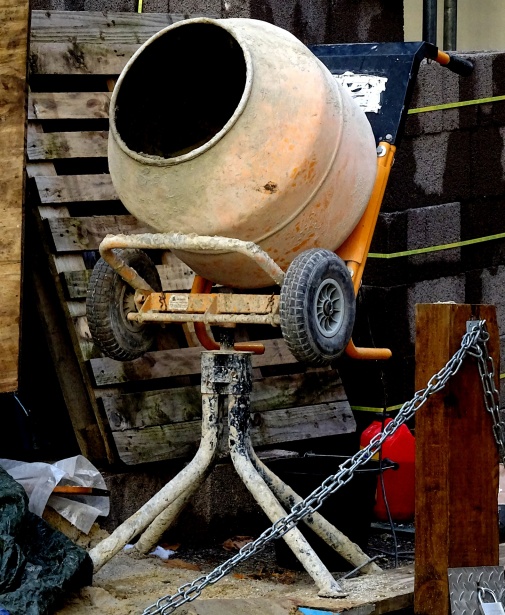“Concrete has a massive carbon footprint.”
.
Rural Britain sees itself at the head of combating climate change in innovative ways: “Rural at the heart of Net Zero” – Vision Group for Sidmouth
However, as has been suggested, the epithet ‘net zero’ can be deceptive:
Net-zero 2050-ism must not be allowed to give oxygen to the lie that we can continue business-as-usual, without radically changing our lifestyles and economies… In fact, what appears to be happening is that many corporations and, in some cases, governments are concealing destructive fossil-fuelled business under the cloak of promises to be net-zero carbon by 2050.
“Net Zero is a lie” – Vision Group for Sidmouth
Is it acceptable, therefore, to allow large-scale quarrying in East Devon?
Straitgate Quarry appeal hearing gets under way | Midweek Herald
Or to allow large-scale cement production in Somerset, as also reported by the Rural Services Network?

Up to 300 new jobs will be coming to rural Somerset after councillors backed plans for a new concrete factory near one of the area’s main quarries. Mendip District Council’s planning board gave the green light to these proposals when it met in Shepton Mallet on Wednesday evening (October 12), despite concerns about the environmental impact of the new facility.
300 new jobs coming to rural Somerset as new factory approved – Somerset Live
The development is being hailed as ‘job creation’:
“It is important to ensure our communities continue to be able to access a variety of local job opportunities, particularly those which offer decent wages and the chance to learn new skills.”
Hundreds of new jobs created as Frome factory plans approved | Somerset County Gazette
But what about the production of one of the biggest emitters of CO2?
Concrete is the most widely used man-made material in existence. It is second only to water as the most-consumed resource on the planet. But, while cement – the key ingredient in concrete – has shaped much of our built environment, it also has a massive carbon footprint. Cement is the source of about 8% of the world’s carbon dioxide (CO2) emissions ,according to think tank Chatham House.
Futures Forum: Climate change: and concrete: “the massive CO2 emitter”
Q&A: Why cement emissions matter for climate change – Carbon Brief